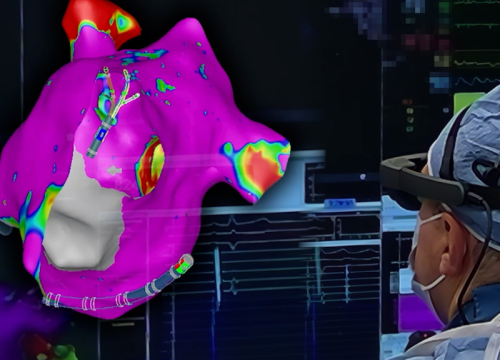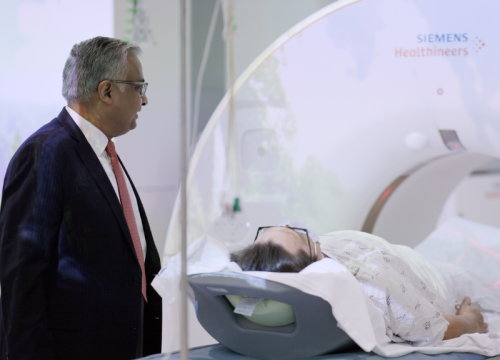Pulmonary arterial hypertension (PAH) is a form of hypertension (high blood pressure) involving the blood vessels in the arteries supplying blood to your lungs.
In PAH, the blood vessels of the lung are narrowed, which could occur because of an underlying lung or heart condition.
The narrowing of the vessels causes decreased blood flow to the lungs, raising the pressure in the lungs’ arteries (pulmonary arteries), which makes the heart work harder and can lead to heart failure.
Pulmonary Arterial Hypertension Symptoms
Symptoms of PAH can develop slowly, and many may not notice them until the condition has progressed. These may include:
- Chest pain or pressure
- Dizziness or fainting
- Fatigue
- Racing or pounding heartbeat
- Shortness of breath that gets worse over time
- Inability to keep up with normal, daily activities
Pulmonary Arterial Hypertension Diagnosis
PAH is diagnosed using a combination of tests, including:
- Echocardiography – Ultrasonography of the heart
- Right heart catheterization – A diagnostic imaging procedure to measure blood pressure and blood flow in the arteries of the lung
- Pulmonary function test – A series of tests to evaluate how well your lungs are functioning
- Cardiopulmonary exercise testing – Bike exercise test to evaluate the functioning of the lungs and heart
Pulmonary Arterial Hypertension Treatment at Valley
Valley offers a comprehensive Pulmonary Arterial Hypertension Program to help diagnose and manage pulmonary arterial hypertension, which could delay the progression of this condition.
















